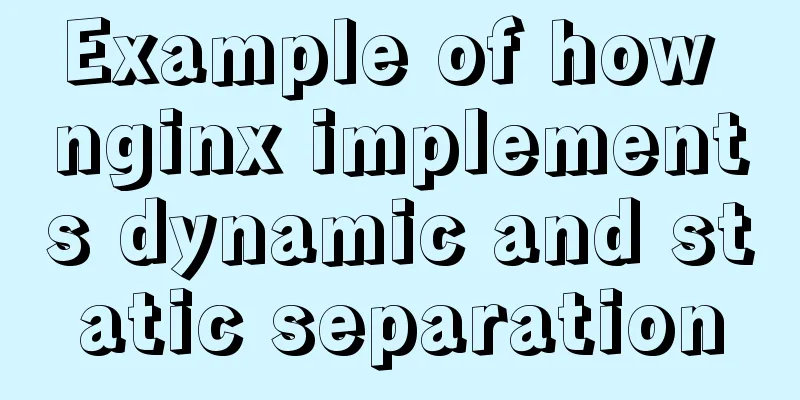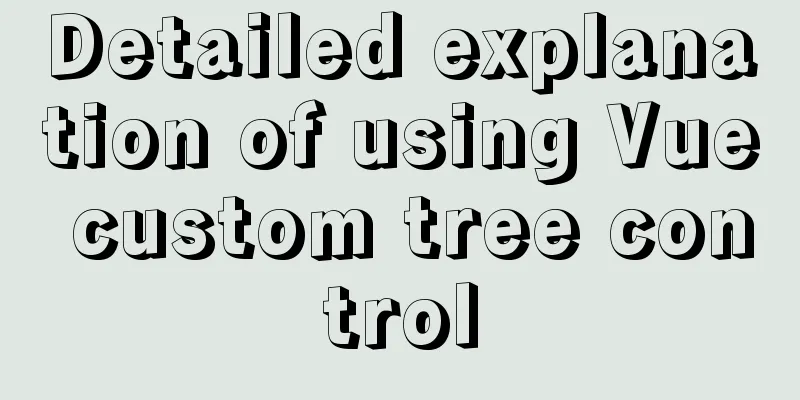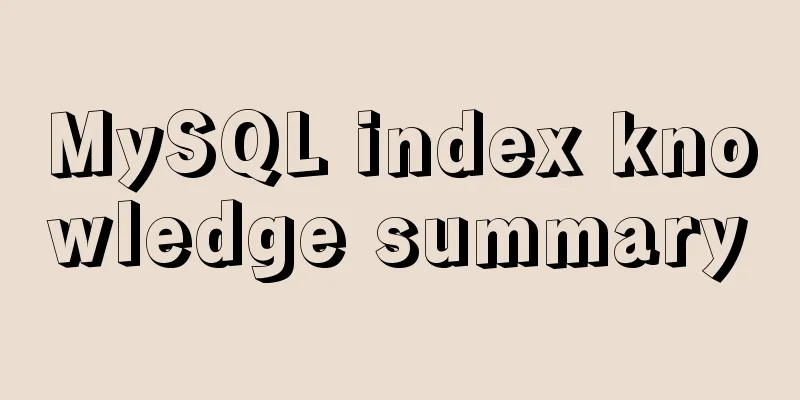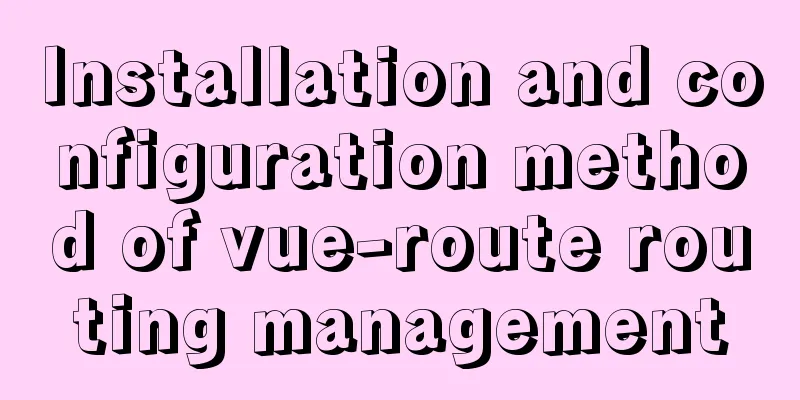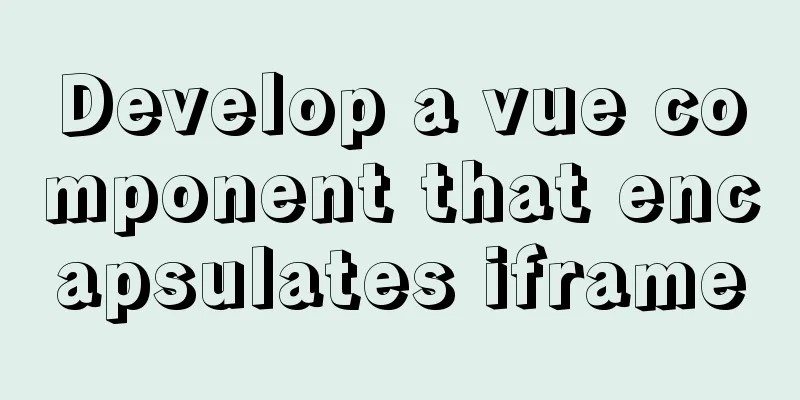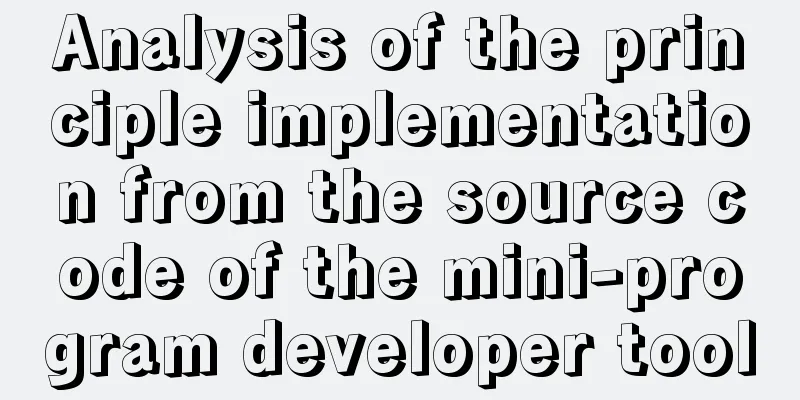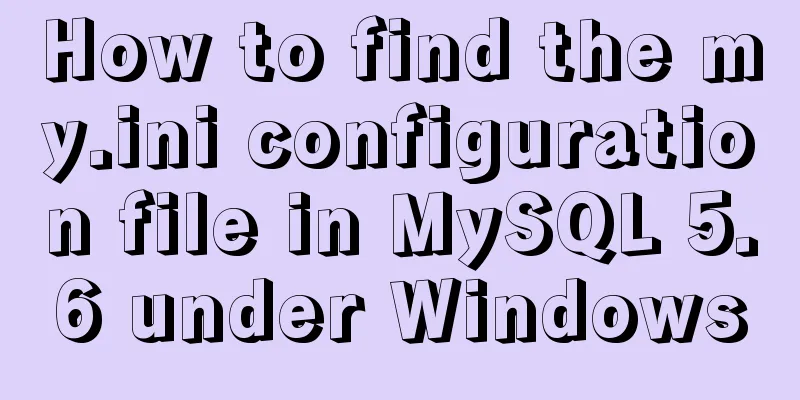The correspondence between Tomcat and JDK versions and the features of each Tomcat version

|
Apache Tomcat is an open source software that implements Java Servlet and Java Server Pages technologies. Different versions of Servlet and JSP specifications can use different versions of Apache Tomcat. The correspondence between Tomcat and JDK versions is:
These versions are described in more detail below to help you decide which one is right for you. For more details about each release, see the relevant release notes. Please note that although we provide downloads and documentation for older versions, such as Apache Tomcat 7.x, we strongly recommend that users use the latest stable version of Apache Tomcat whenever possible. We recognize that upgrading across major versions may not be an easy task, and some support is still provided in the list for users of older versions. However, due to the community-driven approach to support, the older your version, the fewer people will be interested or able to support you. Alpha / Beta / Stable Tomcat has three main versions. The initial release of a major version usually goes from Alpha to Beta and then to Stable. Alpha releases may contain significant amounts of untested/missing functionality required by the specification and/or significant bugs, and are not expected to function stably for any period of time. Beta releases may contain some untested features and/or many relatively minor bugs. Beta versions are not expected to run stably. Stable releases may contain a small number of relatively minor bugs. Stable releases are intended for production use and are expected to run stably for a longer period of time. Apache Tomcat 9.x Apache Tomcat 9.x is the current development focus. It is built on top of Tomcat 8.0.x and 8.5.x and implements the Servlet 4.0, JSP 2.3, EL 3.0, WebSocket 1.1, and JASPIC 1.1 specifications (the versions required by the Java EE 8 platform). In addition, it includes the following important improvements:
Apache Tomcat 8.x Apache Tomcat 8.0.x is built on top of Tomcat 7.0.x and implements the Servlet 3.1, JSP 2.3, EL 3.0, and WebSocket 1.1 specifications. In addition, it includes the following important improvements:
Apache Tomcat 8.5.x supports the same Servlet, JSP, EL, and WebSocket specification versions as Apache Tomcat 8.0.x. Among other things, it implements the JASPIC 1.1 specification. It was derived from the Tomcat 9.0.0.M4 (alpha) milestone release in March 2016. It provides HTTP/2 support and other features of the Tomcat 9.x codebase while being compatible with the Tomcat 8.0 runtime and specification requirements. (It was not possible to create a stable Tomcat 9.0 version at that time, and the Java EE specification for Tomcat 9 was finalized several years later). Tomcat 8.5 is considered as the replacement for Tomcat 8.0. See the Migration Guide for guidance on migrating to Tomcat 8.5. Apache Tomcat 8.5.x includes the following important improvements:
The following technologies are removed in Apache Tomcat 8.5.x:
Tomcat 8.5 includes significant changes in many areas, improving performance, stability, and total cost of ownership. Refer to the Apache Tomcat 8.5 change log for details. Users of Tomcat 8.0 should be aware that Tomcat 8.0 has now reached end of life development. Users of Tomcat 8.0.x should upgrade to Tomcat 8.5.x or later. Apache Tomcat 7.x Apache Tomcat 7.x builds on the improvements made in Tomcat 6.0.x and implements the Servlet 3.0, JSP 2.2, EL 2.2, and WebSocket 1.1 specifications. Among other things, it includes the following improvements:
Apache Tomcat 6.x Apache Tomcat 6.x builds on the improvements made to Tomcat 5.5.x and implements the Servlet 2.5 and JSP 2.1 specifications. Among other things, it includes the following improvements:
Users of Tomcat 6 should be aware that Tomcat 6 development has now ceased. Users of Tomcat 6.x should upgrade to Tomcat 7.x or later. The above is the full content of this article. I hope it will be helpful for everyone’s study. I also hope that everyone will support 123WORDPRESS.COM. You may also be interested in:
|
<<: JavaScript to implement login form
>>: Mysql method to copy a column of data in one table to a column in another table
Recommend
Detailed explanation of MySql view trigger stored procedure
view: When a temporary table is used repeatedly, ...
JavaScript generates random graphics by clicking
This article shares the specific code of javascri...
How to solve the problem that the software package does not exist when installing software in Linux
When the software package does not exist, it may ...
VUE+Express+MongoDB front-end and back-end separation to realize a note wall
I plan to realize a series of sticky note walls. ...
Singleton design pattern in JavaScript
Table of contents 1. What is a design pattern? 2....
MySQL solution for creating horizontal histogram
Preface Histogram is a basic statistical informat...
How to remove the blue box that appears when the image is used as a hyperlink
I recently used Dreamweaver to make a product pres...
js implements the classic minesweeper game
This article example shares the specific code of ...
Version numbers in css and js links in HTML (refresh cache)
background Search the keyword .htaccess cache in ...
mysql8 Common Table Expression CTE usage example analysis
This article uses an example to describe how to u...
Docker data volume container creation and usage analysis
A data volume container is a container specifical...
Install CentOS7 in VMware (set static IP address) and install mySql database through docker container (super detailed tutorial)
A sophomore asked me how to install and configure...
Solution to win10 without Hyper-V
Are you still looking for a way to enable Hyper-v...
From CSS 3D to spatial coordinate axis with source code
One time we talked about the dice rolling game. A...
Centos 7.4 server time synchronization configuration method [based on NTP service]
This article describes how to configure time sync...
